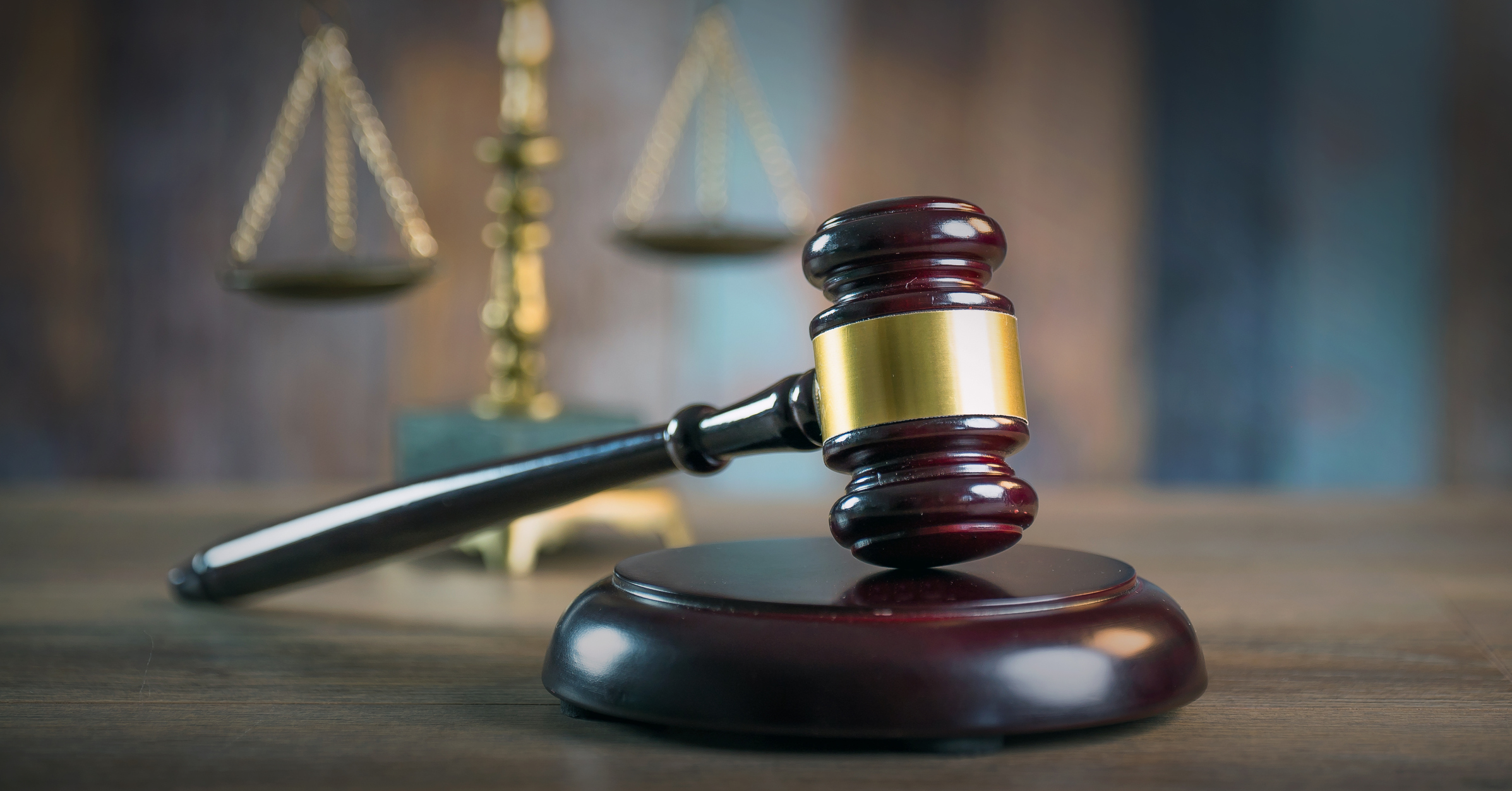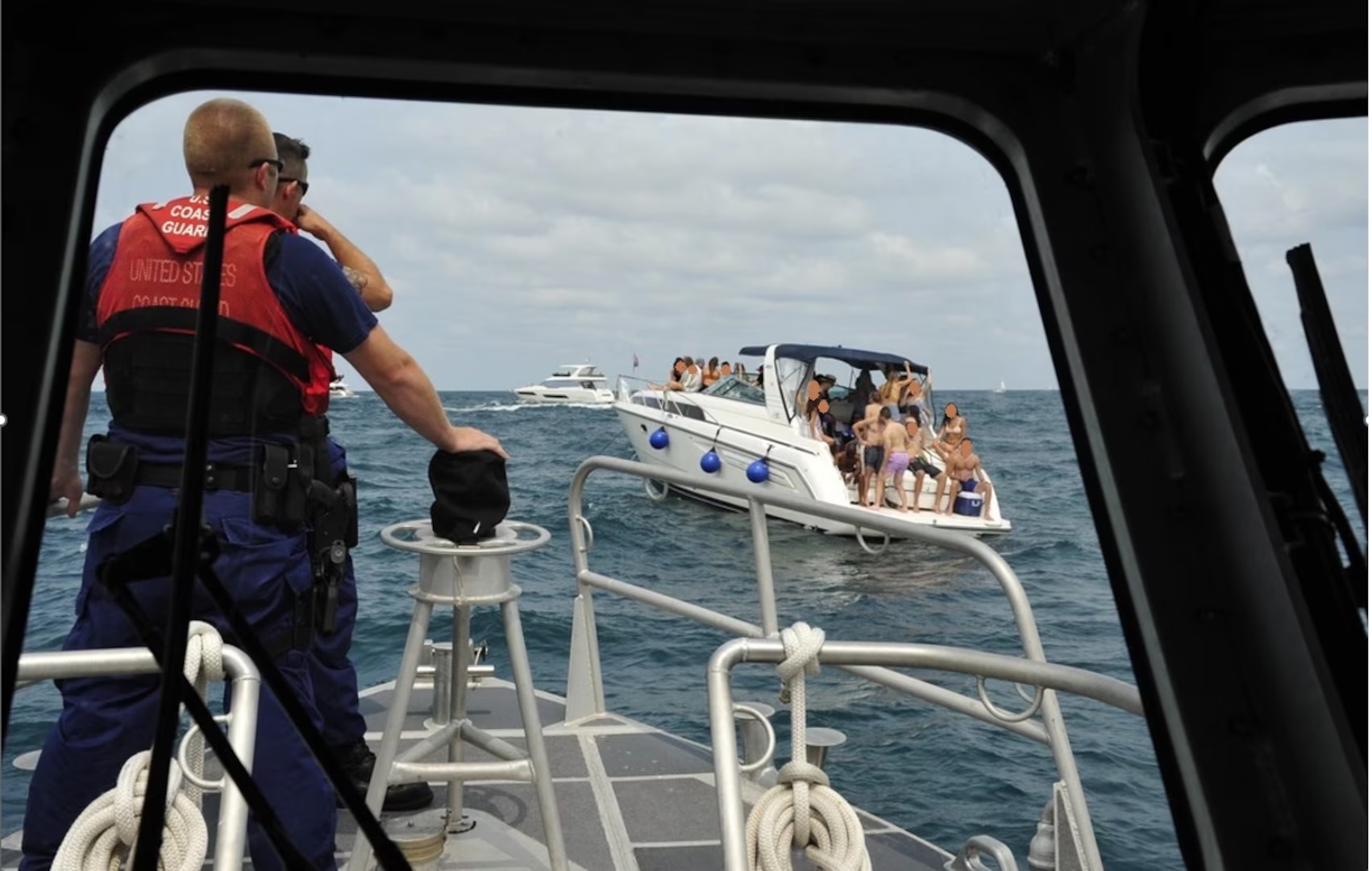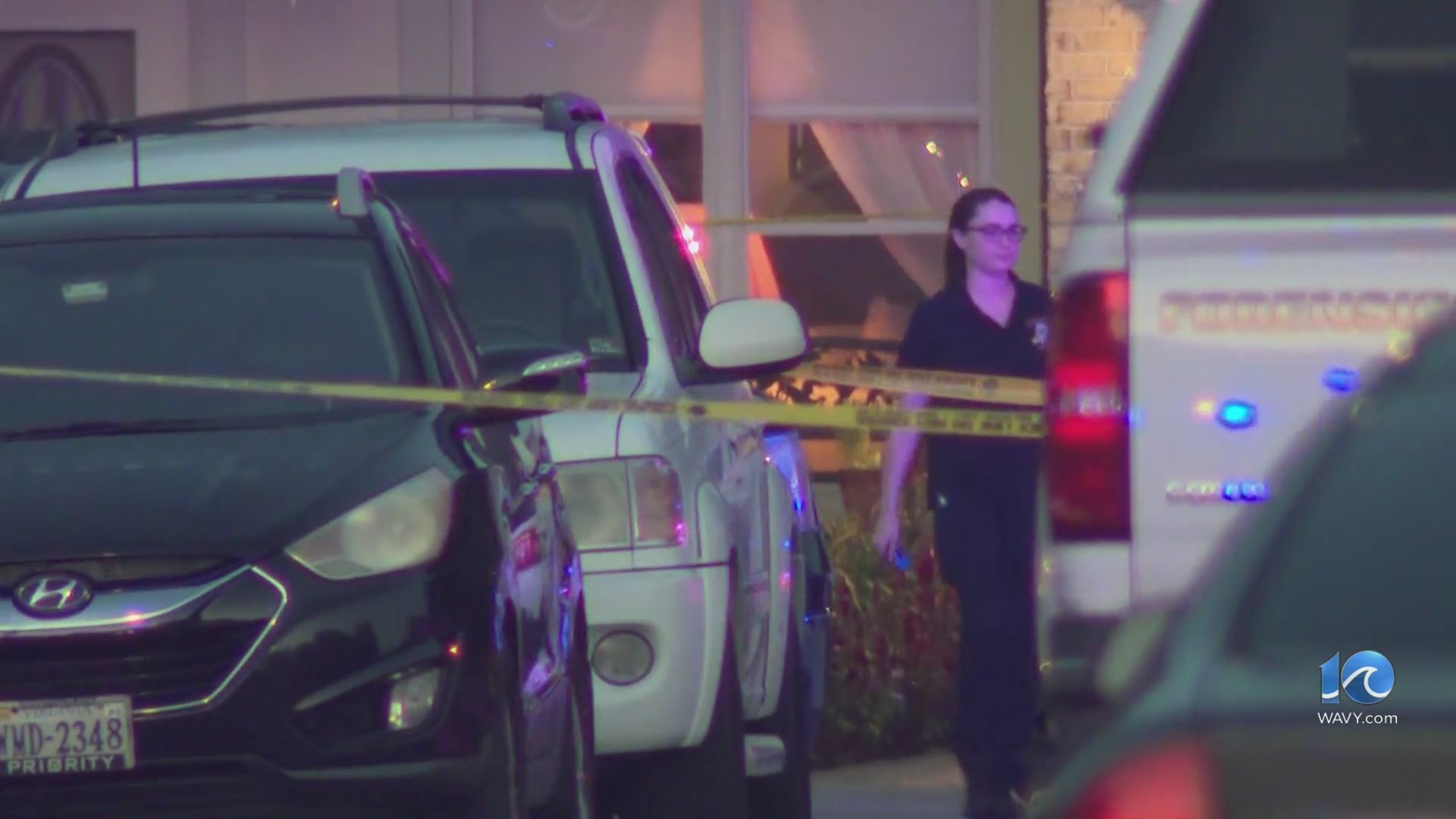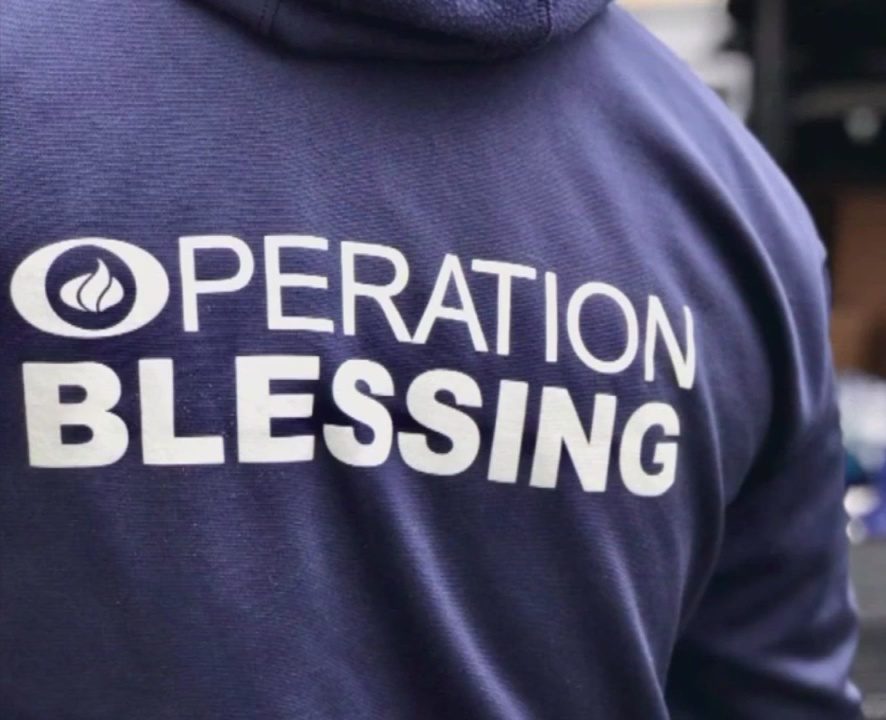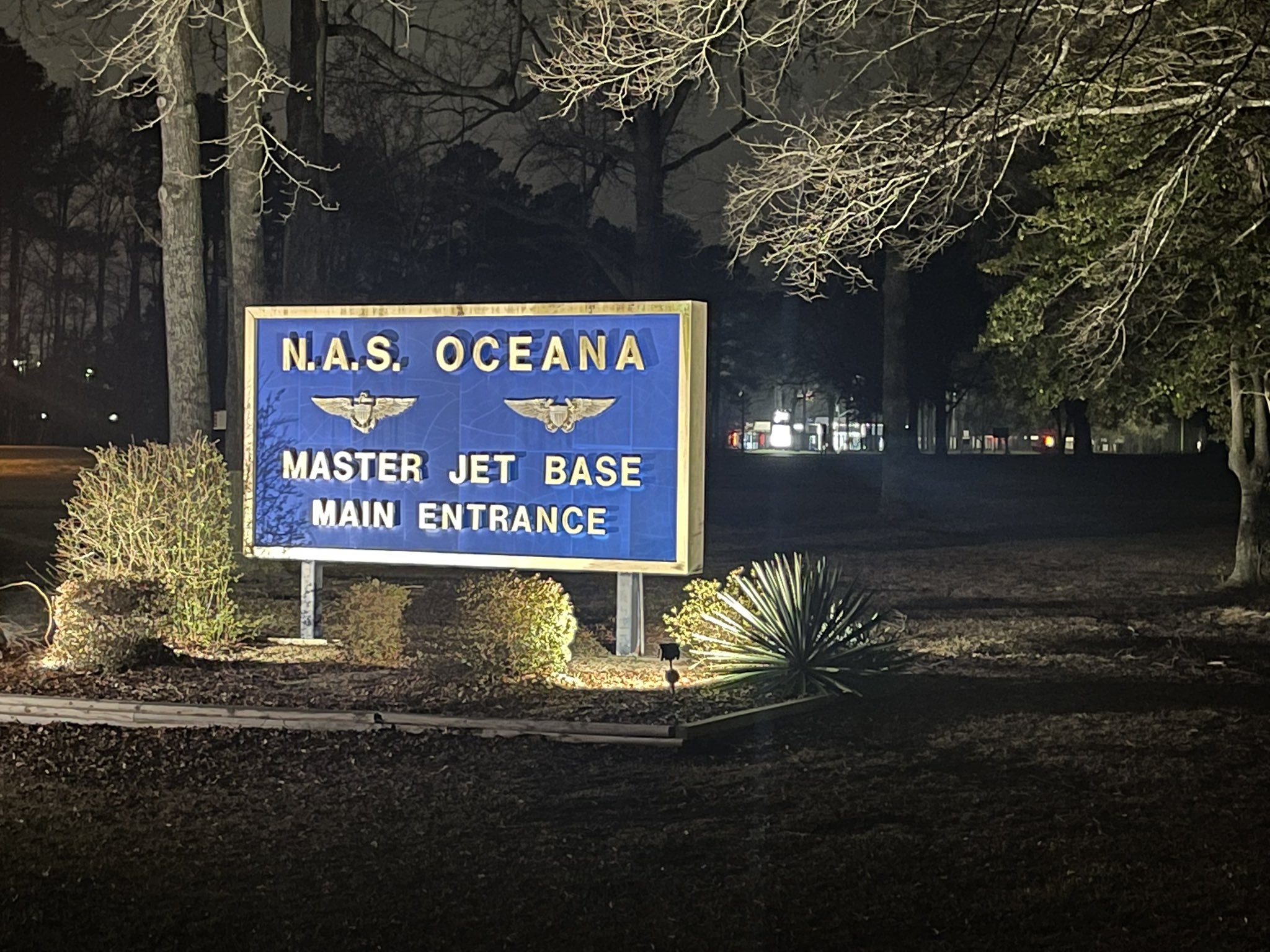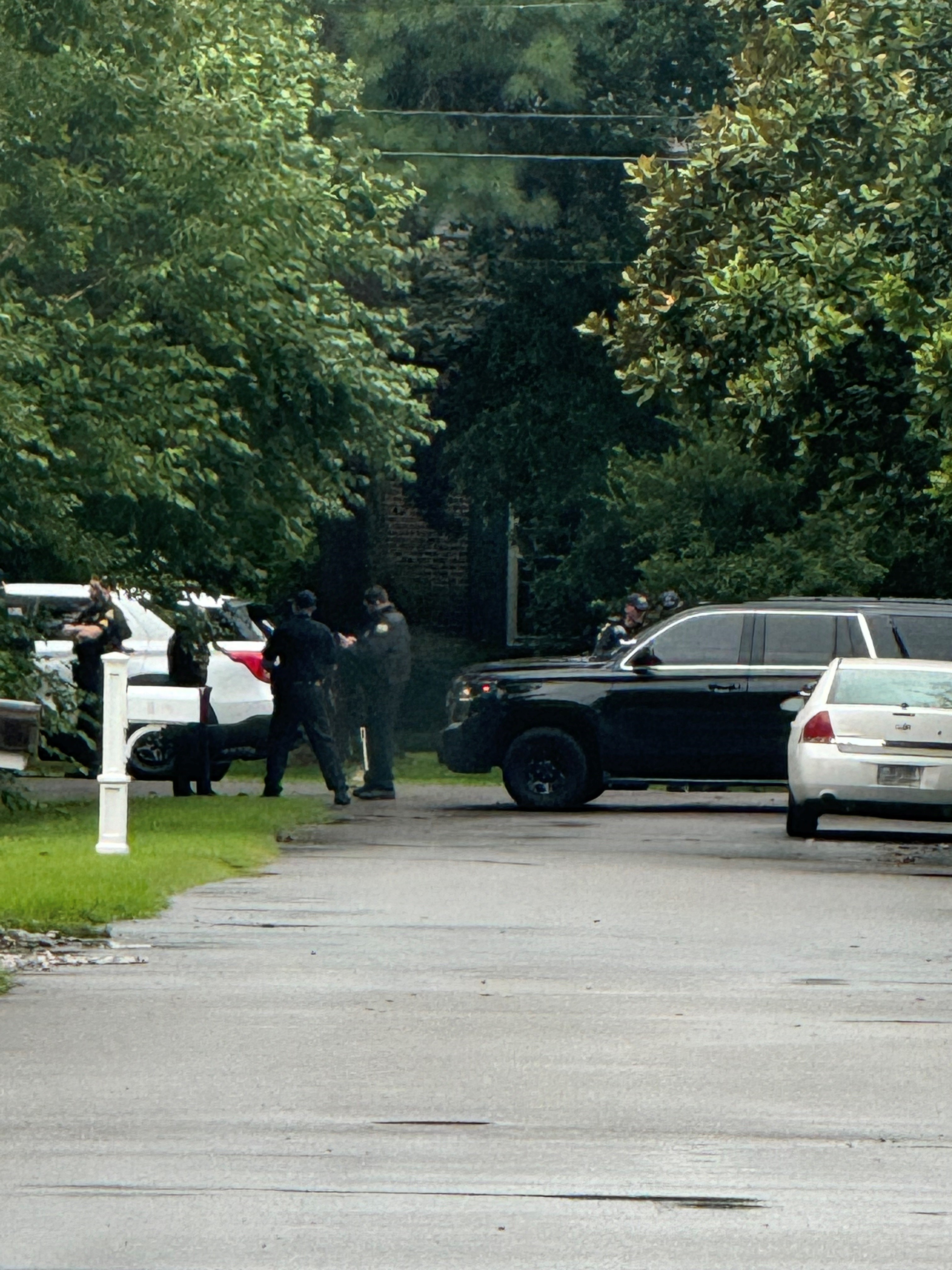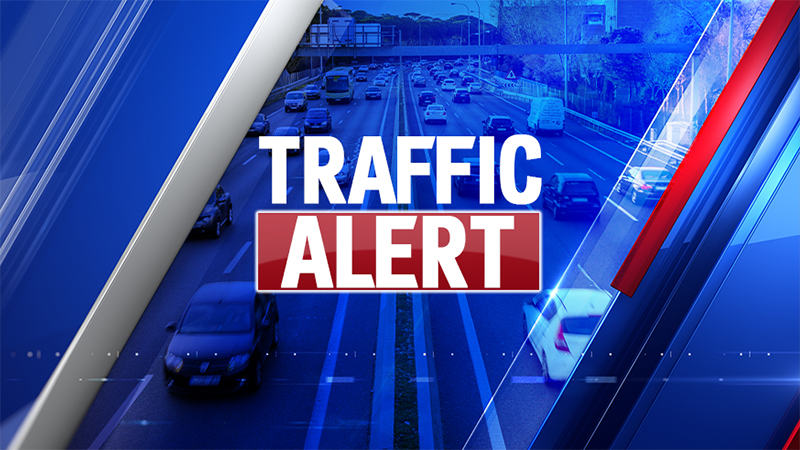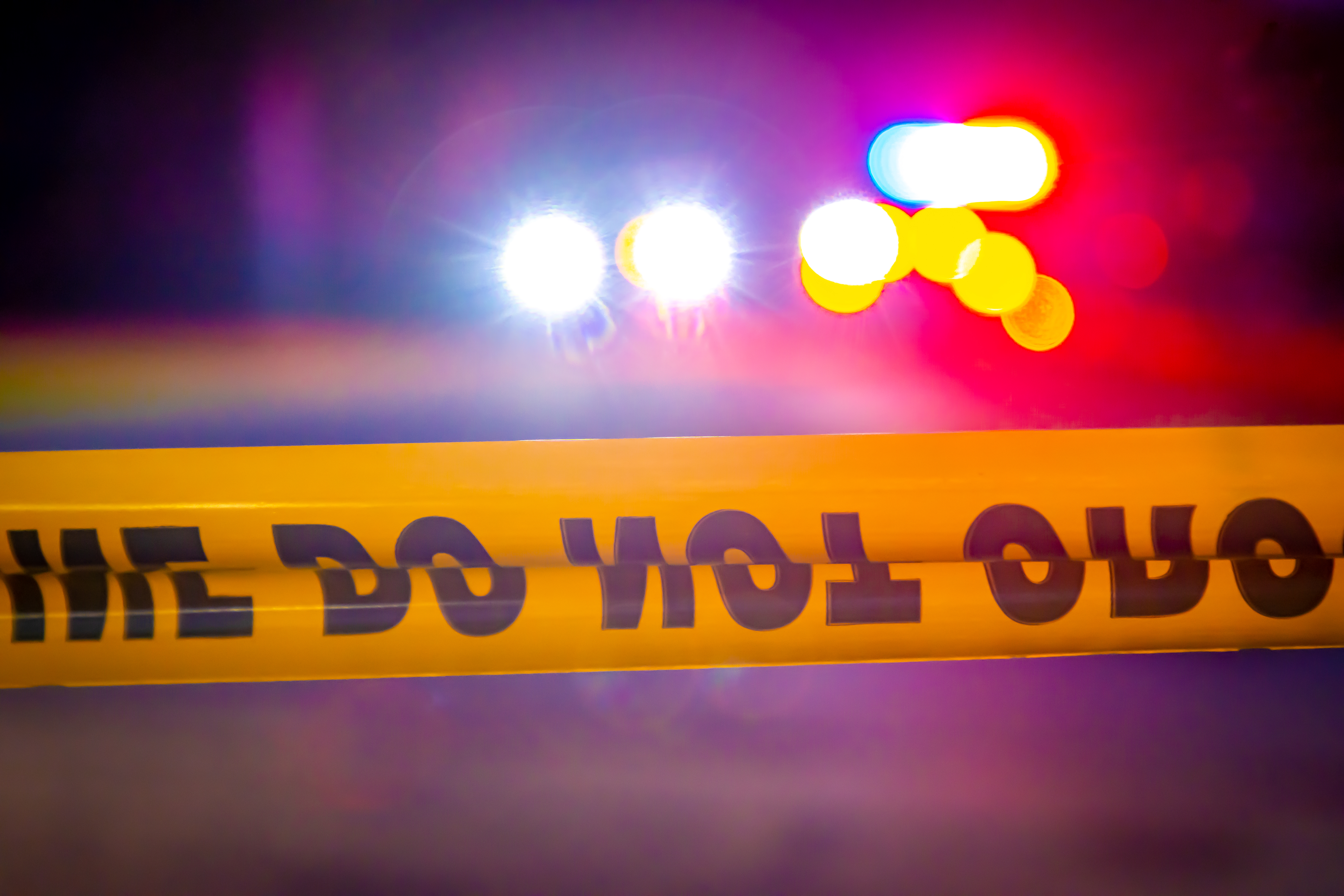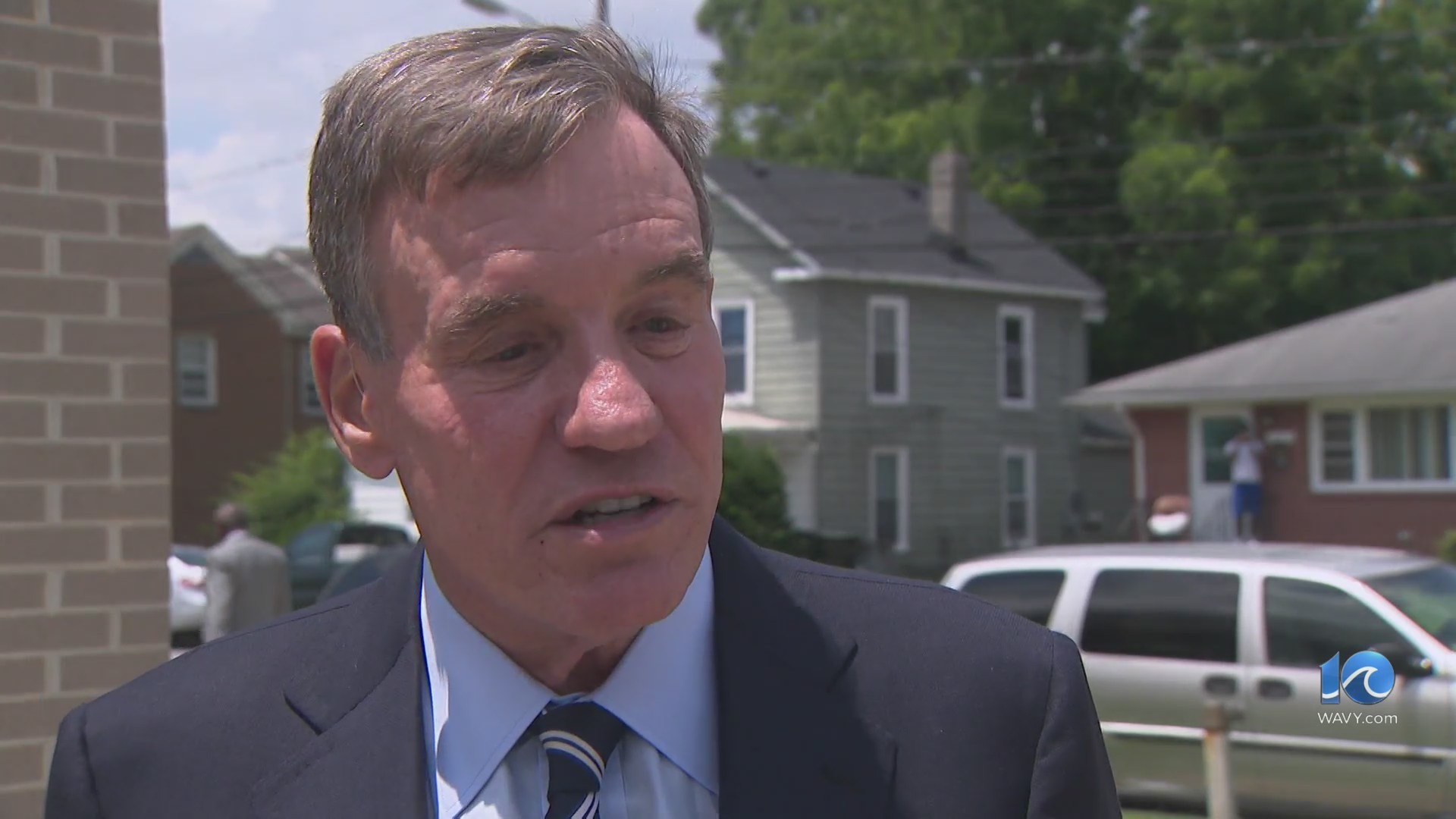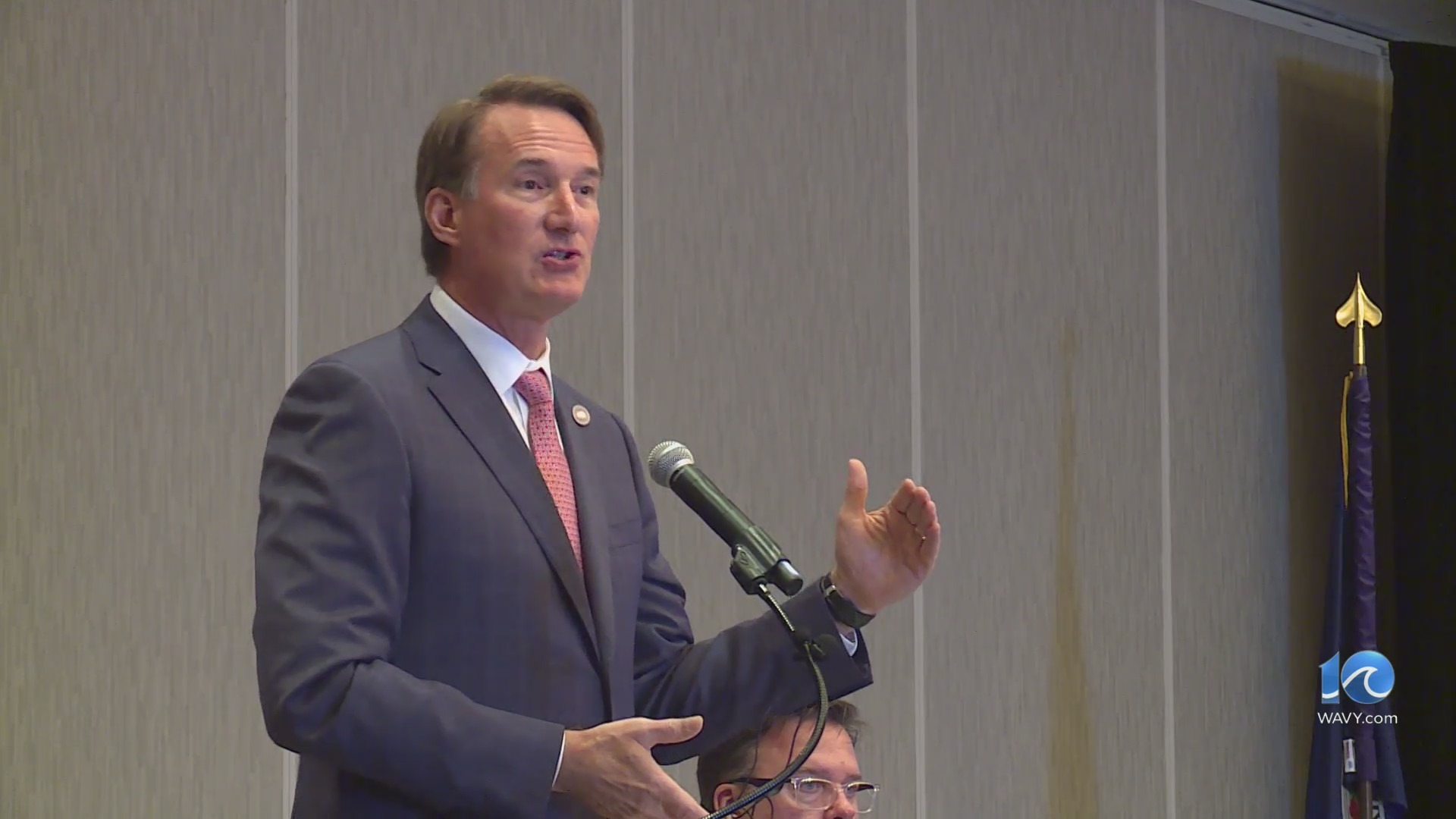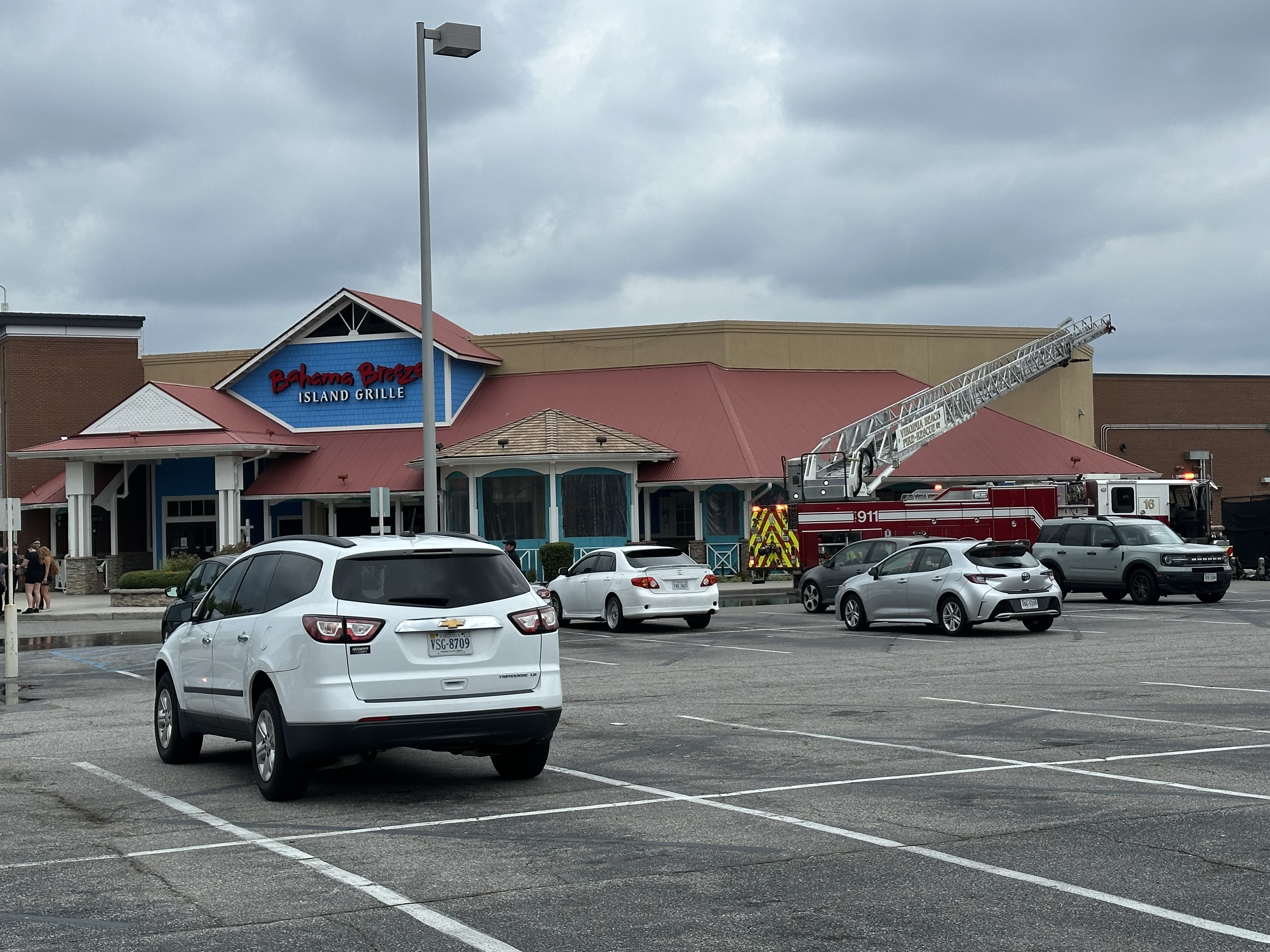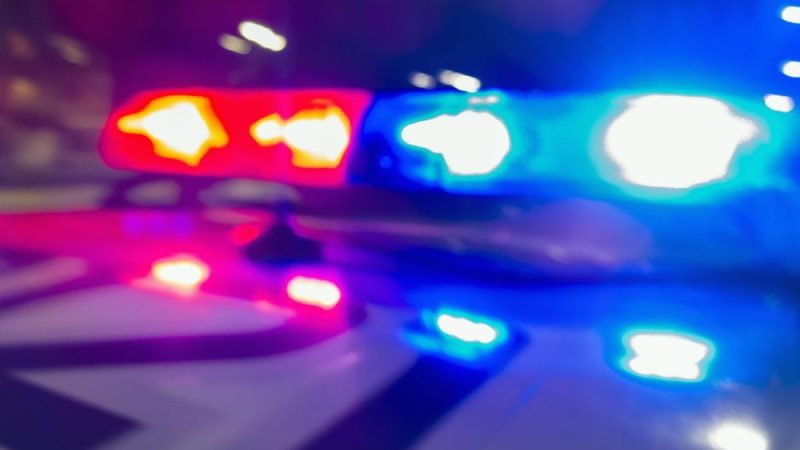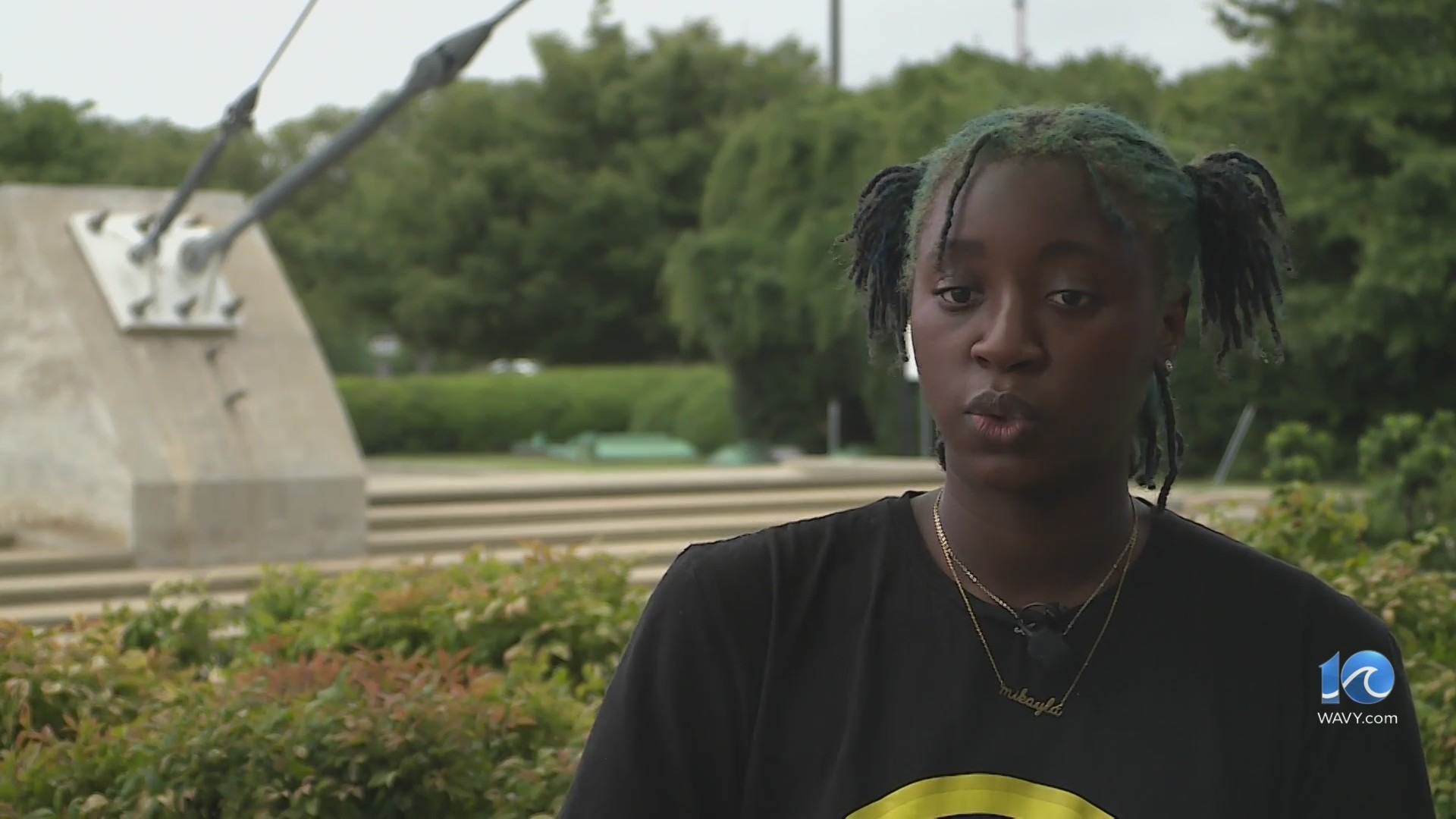KENOSHA, Wis. (KTVI) — At the murder trial of Kyle Rittenhouse on Tuesday, Mark McCloskey, who made headlines last summer for waving a gun at protesters, was spotted outside the courthouse.
McCloskey, who with his wife, Patricia, gained national notoriety in 2020 when they waved guns at racial injustice protesters outside their St. Louis home, was photographed outside the building.
The St. Louis attorney is running for the U.S. Senate in Missouri. His SUV was seen with a “Mark McCloskey for US Senate” sign on it.
Mark McCloskey and his wife were both in Kenosha, Wisconsin, on Monday and Tuesday to show support for Rittenhouse.
McCloskey compares himself to Rittenhouse, saying they were both prosecuted for defending themselves from an “angry mob.”
“I’m Mark McCloskey from St. Louis. We are just here to support people’s Second Amendment rights and defend themselves, especially when the government abdicates that duty and fails to protect its citizens,” Mark McCloskey told CNN correspondent Sara Sidner about what brought him to Wisconsin from Missouri.
“We have programs to defund the police all over the police, but if you defund the police and the government is not there to protect citizens, then citizens must protect themselves,” he said.
Last year, Mark McCloskey spoke at the Republican National Convention, and drecently said that he does not believe young victims of rape or incest should be allowed to have abortions.
Rittenhouse, 18, faces life in prison if convicted as charged for using an AR-style semi-automatic rifle to kill two men and wound a third during a night of protests against racial injustice in Kenosha in the summer of 2020. The former police youth cadet is white, as were those he shot.
The jury began deliberating Tuesday after listening to dueling portrayals of Rittenhouse as a “wannabe soldier” who went looking for the trouble or a concerned citizen who came under attack while trying to protect property.
Rittenhouse testified he acted in self-defense after coming under attack, while prosecutors argued he instigated the bloodshed. The case has become a flashpoint in the U.S. debate over guns, protests, vigilantism and law and order.
The jury appeared to be overwhelmingly white. Prospective jurors were not asked to identify their race during the selection process, and the court did not provide a racial breakdown.
Wisconsin Gov. Tony Evers, who faced criticism over his response to the Kenosha protests in 2020, urged calm as the jury deliberated. He announced last week that 500 members of the National Guard would stand ready for duty in Kenosha if needed.
“Regardless of the outcome in this case, I urge peace in Kenosha and across our state,” Evers tweeted. He added, “I ask all those who choose to assemble and exercise their First Amendment rights in every community to do so safely and peacefully.”
The judge told reporters he was inclined to let the jurors decide how late in the day to allow deliberations to go, and he suggested he would give the news media around an hour to get to court after the jury sends word it has reached a verdict.
During closing arguments Monday, prosecutor Thomas Binger argued that Rittenhouse set the deadly chain of events in motion by bringing a semi-automatic rifle to a protest and menacing others, then walked off like a “hero in a Western.”
But Rittenhouse lawyer Mark Richards countered that Rittenhouse was ambushed by a “crazy person” he feared would wrest away his gun and use it to kill him.
Rittenhouse, then 17, had gone to Kenosha from his home in Antioch, Illinois, in what he said was an effort to protect property from rioters in the days after a Black man, Jacob Blake, was shot by a white Kenosha police officer.
Binger said Rittenhouse was “looking for trouble that night,” and he repeatedly showed the jury drone video that he said depicted Rittenhouse pointing his weapon at demonstrators.
“This is the provocation. This is what starts this incident,” the prosecutor declared. He added: “You lose the right to self-defense when you’re the one who brought the gun, when you are the one creating the danger, when you’re the one provoking other people.”
Rittenhouse shot and killed Joseph Rosenbaum, 36, and Anthony Huber, 26, and wounded Gaige Grosskreutz, now 28.
In making his case for self-defense, Rittenhouse testified that Rosenbaum chased him down and made a grab for his rifle — testimony largely corroborated by video and some of the prosecution’s own witnesses.
As for Huber, he was gunned down after he was seen on video hitting Rittenhouse with a skateboard. And Grosskreutz admitted he had his own gun pointed at Rittenhouse when he was shot.
In his instructions to the jury, Schroeder said that to accept Rittenhouse’s claim of self-defense, the jurors must find that he believed there was an unlawful threat to him and that the amount of force he used was reasonable and necessary.
The Associated Press contributed to this report.





